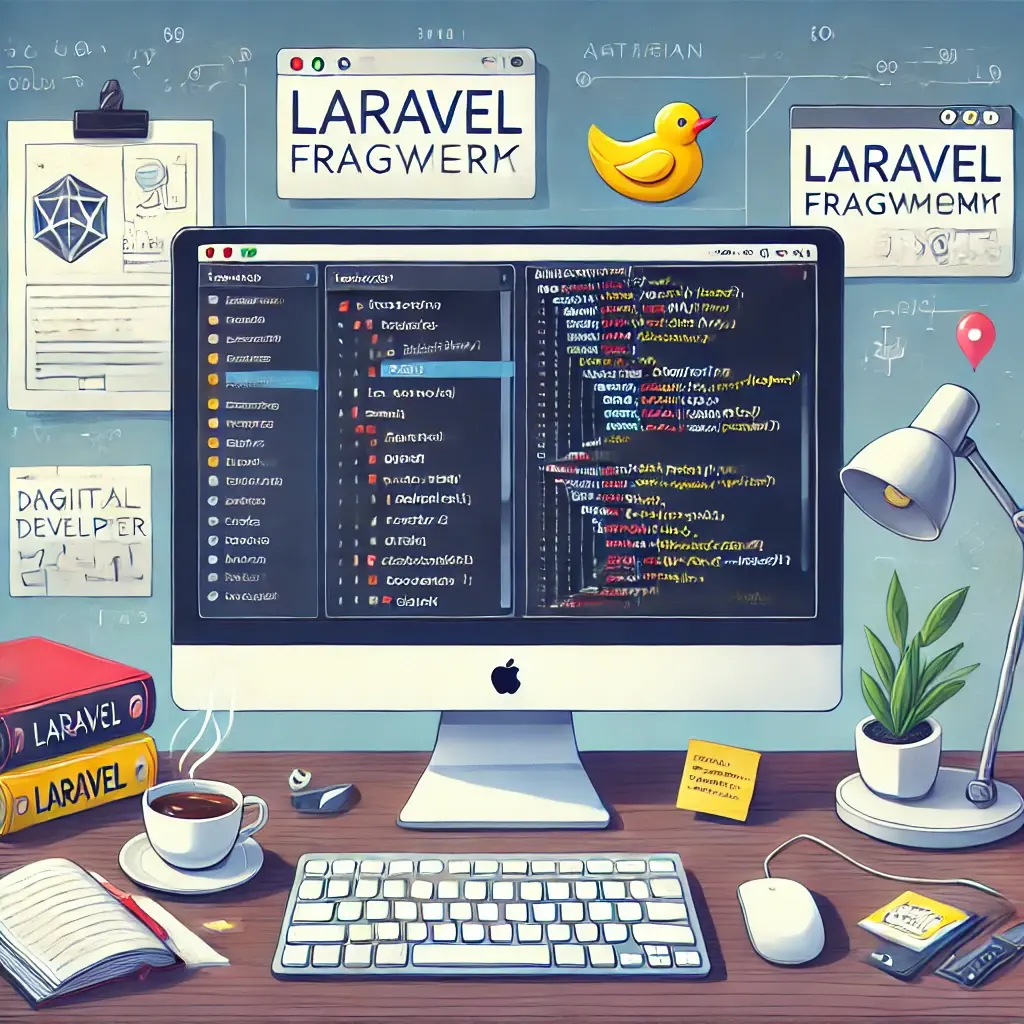I'm always excited to take on new projects and collaborate with innovative minds.
+90 505 447 91 51
https://dogangokce.com
İnönü Mah. 154. Sk. 14/4 Torbalı İZMİR
I'm always excited to take on new projects and collaborate with innovative minds.
+90 505 447 91 51
https://dogangokce.com
İnönü Mah. 154. Sk. 14/4 Torbalı İZMİR
A comprehensive guide for beginners who want to learn Laravel, covering everything from installation to building a simple application.

If you're just starting your web development journey and looking for a powerful backend framework, Laravel is a fantastic choice. Known for its elegant syntax, active community, and developer-friendly features, Laravel makes building modern web applications both productive and enjoyable.
Here’s a beginner-friendly deep dive into what Laravel offers—and how to get started with confidence.
Laravel is a PHP framework designed to make web development easier and more efficient. It provides built-in tools for routing, authentication, database interaction, and more—all following the MVC (Model-View-Controller) pattern.
To begin, you’ll need Composer (a PHP package manager). Then, install Laravel via the Laravel installer or Composer:
Your app is live on http://localhost:8000—just like that!
Laravel has a clean and intuitive folder layout. Some important directories:
routes/web.php: Define your web routes here
app/Http/Controllers: Business logic lives here
resources/views: Blade templates (HTML + PHP) go here
app/Models: Eloquent models for your database
Laravel’s command-line tool, Artisan, is a game changer. You can create models, controllers, and migrations with simple commands:
These tools speed up development and help keep things organized.
Laravel uses Eloquent, a powerful ORM that makes database interaction easy:
You can also create and modify database tables using migrations:
Laravel’s built-in templating engine, Blade, makes writing dynamic HTML a breeze:
Blade is clean, readable, and integrates smoothly with Laravel’s backend.
Define routes in web.php like this:
You can also protect routes using middleware like auth for authentication.
Laravel is more than just a PHP framework—it's a complete development ecosystem. As a beginner, you’ll find it both empowering and approachable. The syntax is expressive, the documentation is excellent, and the community is incredibly helpful.
Start small, build something simple, and you’ll be amazed how quickly your skills grow.
Want a beginner project idea, like building a blog or task manager with Laravel? I can walk you through it step by step—just let me know!